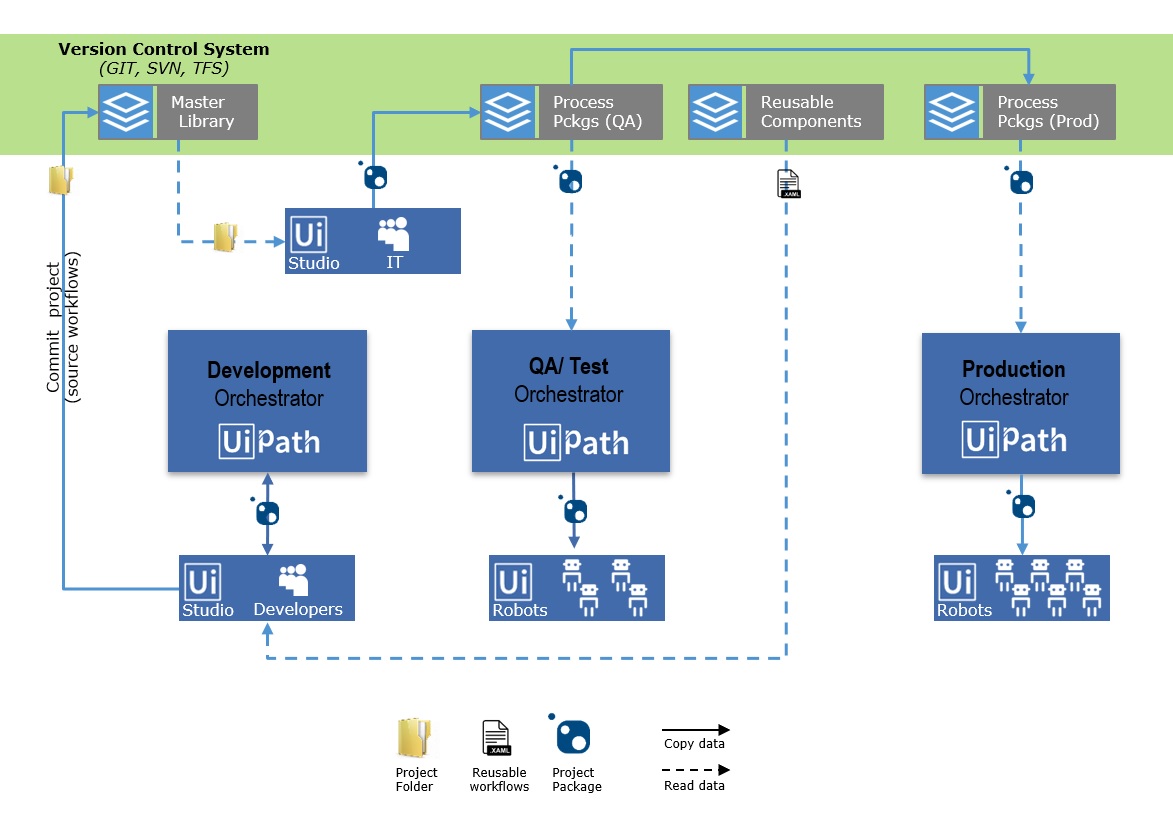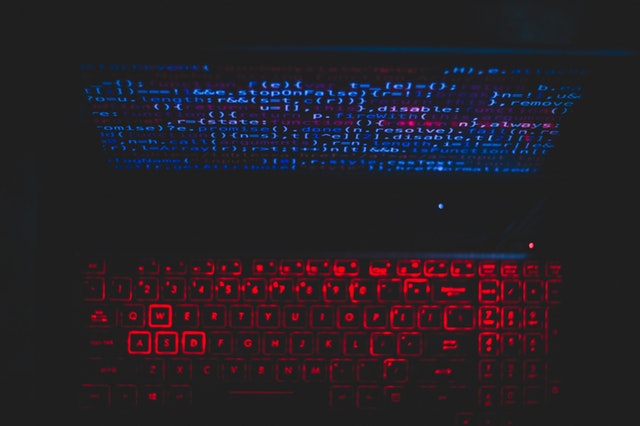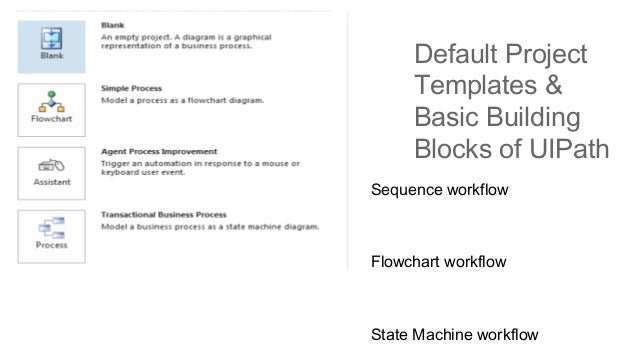When To Use Flowchart Workflow In Uipath

Because of its free form and visual appeal flowcharts are best suited for showcasing decision points within a process.
When to use flowchart workflow in uipath. Uipath activities are the building blocks of automation projects. To exemplify the properties of a flowchart we are going to build a guessing game that generates a random number from 1 to 999 that the user must guess. We often use templates when creating small pieces of common automation that are reusable and applicable in multiple workflows. Create a blank project and from the design tab in the file group select new flowchart.
Saving the workflow as a template helps you preserve the original workflow file. The new diagram window is displayed. The most important aspect of flowcharts is that unlike sequences they present multiple branching logical operators that enable you to create complex business processes and connect activities in multiple ways. Flowcharts can be used in a variety of settings from large jobs to small projects that you can reuse in other projects.
2 when having multiple activities executing in a fixed sequential order what kind of workflow should you use. A none of the options b flowchart c state machine d sequence answer d multiple choice 3 which of these are workflow types available in uipath studio. A flowchart is a graphical representation of a process in which each step is represented by different symbols connected with arrows. A very simple one in which to assign a value to an argument and a second that invokes it and displays the value in a message box.
They enable you to perform all sort of actions ranging from reading pdf excel or word documents and working with databases or terminals to sending http requests and monitoring user events. To create such an automation do the following. To exemplify how to use an argument in an automation with an invoke workflow file activity we are going to create two separate sequences. A reframework b sequence c activity d flowchart answer b d single choice.
Flowcharts offer more flexibility for connecting activities and tend to lay out a workflow in a plain two dimensional manner. So whatever modification you made in the template no changes will be made in the original workflow. Example of using an argument. In uipath you can do this through the activities you drop to your workflow if else or for each statements and carefully placed loops.
Flowchart is one of the best among the three layout diagrams of uipath workflow because it is flexible and tend to lay out a workflow in two dimensional manner.


















